-
ALL TOURS & ACTIVITIES
-
ALL TOURS & ACTIVITIES
- Cruises & Helicopters
- Museum Tickets + NYC Passes
- Broadway Shows
- NYC by Night: Cruises & Activities
- NYC by Holidays: Cruises & Activities
- Restaurants
- Top Sellers
-
ALL TOURS & ACTIVITIES
- Offers & Holidays
- Transfers
- NYC Guide
- Stay
- Travel Planner™
- Disney™
What to See in the Upper East Side: Museums, Parks, Shopping & Dining
Elegant and refined, the Upper East Side is where world-class museums, scenic parks, and upscale boutiques meet classic New York charm.- - Upper East Side: Introduction to the Neighborhood
- - A Brief History of the Upper East Side
- - What to See in the Upper East Side: Museums
- - Cooper Hewitt, Smithsonian Design Museum
- - Frick Madison
- - Gracie Mansion
- - What Else to See in the Upper East Side: Central Park
- - Shopping in the Upper East Side
- - Where to Eat in the Upper East Side
- - MAP - How to Get to the Upper East Side
- - Recommended Itineraries in the Upper East Side
- - Practical Tips for Visiting Uptown Manhattan
Upper East Side: Introduction to the Neighborhood
For a complete itinerary covering everything there is to see in Uptown Manhattan, you should continue your exploration with the Upper East Side. Stretching along the eastern side of Central Park from 59th to 96th Street, this neighborhood has always been synonymous with understated elegance, refinement, and upscale residential living. It’s one of Manhattan’s most iconic areas, renowned for its tree-lined avenues, beautifully restored limestone buildings, elegant brownstones, and an enviable concentration of museums, galleries, and luxury boutiques.
Compared to the more intellectual and bohemian vibe of the Upper West Side, the eastern side exudes a sense of composure, discretion, and prestige. It’s no coincidence that it’s home to New York’s great historic families (like the Rockefellers and Vanderbilts), as well as renowned professionals, art collectors, and influential figures in the financial world. The neighborhood’s aesthetic is meticulously maintained: honey-colored sandstone facades, carved wooden doors, wide and quiet sidewalks, and carefully kept planters year-round.
Along Madison Avenue, you’ll find international boutiques, tailor-made fashion houses, and contemporary art galleries. Meanwhile, Fifth Avenue hosts the elegant Museum Mile, home to some of New York’s most important museums. That said, the Upper East Side isn’t just a showcase of prestige, but also a truly livable area, with discreet and stylish cafés, independent bookstores, and peaceful corners nestled into the urban grid.
Central Park, which also borders the West Side, runs alongside the East Side on the west boundary of the neighborhood, serving as a natural extension of its residential fabric. Among the must-sees in the Upper East Side are the Conservatory Garden and the model boat pond. The area is defined by its refined, elegant atmosphere and classical details.
A Brief History of the Upper East Side
The Upper East Side developed as a residential neighborhood between the late 19th and early 20th centuries, alongside Manhattan’s expansion northward. Initially a rural area with a few summer homes overlooking the East River, it began transforming with the construction of the elevated railway along Third Avenue and, more significantly, with the arrival of the first subway lines.
It was during this period that America’s great industrial dynasties (the Rockefellers, Vanderbilts, Carnegies, and Fricks) chose this stretch of Fifth Avenue to build their grand city mansions, facing the east side of Central Park. These private residences quickly became symbols of prestige and economic power—and today, many have been converted into museums, foundations, or diplomatic offices.
Starting in the 1920s, the neighborhood saw an influx of upscale apartments, brownstones, and buildings in Neo-Renaissance or Art Deco styles, arranged along major parallel avenues like Park Avenue and Madison Avenue. The urban fabric solidified into one of the most stable and affluent areas in New York.
The term “Museum Mile” emerged in the 1970s to describe the stretch of Fifth Avenue between 82nd and 105th Streets, where many of the country’s top art museums are concentrated. Visiting the Upper East Side today is an experience of balance—between aristocratic heritage and refined urban life in New York City.
What to See in the Upper East Side: Museums
For visitors eager to continue exploring Uptown Manhattan, one of the best starting points is the museums of the Upper East Side—some of the most celebrated in the world.
Metropolitan Museum of Art (The Met)
With over two million works spanning 5,000 years of art history, the Met is one of the largest and most prestigious museums in the world. The collection ranges from Ancient Egypt to European masters, from theatrical costumes to Japanese armor, and includes paintings, sculptures, and artifacts from every continent. Housed in a neoclassical building overlooking Central Park, the museum is both grand and welcoming—ideal for spending a whole day immersed in culture without ever getting bored.
- Address: 1000 Fifth Avenue
- Hours: Sunday, Monday, Tuesday, and Thursday: 10:00 AM – 5:00 PM; Friday and Saturday: 10:00 AM – 9:00 PM; closed on Wednesdays
- Admission:
- Adults: $30
- Seniors: $22
- Students: $17
Solomon R. Guggenheim Museum
No guide to the Upper East Side’s top museums would be complete without the Solomon R. Guggenheim Museum. Designed by Frank Lloyd Wright, the Guggenheim is an architectural masterpiece with its iconic spiral shape—worth visiting for the building alone.
Inside, you’ll find a collection of modern and contemporary art featuring works by Kandinsky, Picasso, Pollock, Rothko, and many others. The temporary exhibitions are bold and thoughtfully curated, making the Guggenheim a must for 20th-century art enthusiasts.
- Address: 1071 Fifth Avenue (at the corner of 89th St)
- Hours: Daily from 10:30 AM to 5:00 PM; open until 8:00 PM every Thursday in September
- Admission:
- Adults: $30
- Seniors and Students: $19
- Children under 12: Free
Neue Galerie
Dedicated to German and Austrian art from the late 19th to early 20th century, the Neue Galerie features works by Gustav Klimt, Egon Schiele, Otto Dix, and other prominent figures of the Viennese Secession. The elegant and intimate setting offers a unique experience, with highlights such as Klimt’s famous portrait of Adele Bloch-Bauer.
On the ground floor is the refined Café Sabarsky—a must-visit after the museum, often cited as one of the best spots in New York for a Viennese-style coffee break.
- Address: 1048 Fifth Avenue (corner of 86th St)
- Hours: Monday and Wednesday to Saturday: 10:00 AM – 6:00 PM; closed on Tuesday (check the official site for potential schedule changes due to events)
- Admission:
- Adults: $28
- Seniors: $18
- Students: $16
- Visitors with disabilities: $15
Cooper Hewitt, Smithsonian Design Museum
Located in a historic residence once owned by the Carnegie family, the Cooper Hewitt is the only museum in the country entirely dedicated to design. Design lovers will appreciate the collection, rich in furnishings, fashion, graphics, technological innovation, and a strong focus on environmental sustainability. Thanks to interactive installations and digital tools available to the public, the visit is also engaging for families traveling with children.
- Address: 2 East 91st Street (corner of Fifth Avenue).
- Hours: Daily from 10:00 AM to 6:00 PM (museum and garden).
- Admission:
- Adults: $22
- Seniors (62+): $16
- Visitors with disabilities: $10
- Children under 18: Free
For those looking to save, note that admission is “Pay What You Wish” from 5:00 PM to 6:00 PM.
Frick Madison
During the restoration of its historic headquarters, the Frick Madison Collection is temporarily hosted in the former Whitney Museum building, a Brutalist-style structure. The galleries at Frick Madison offer a fresh and airy perspective on paintings, sculptures, and European decorative art, featuring masterpieces by renowned artists such as Rembrandt, Vermeer, Bellini, Goya, and Velázquez.
- Address: 945 Madison Avenue (corner of 75th St).
- Hours: 10:30 AM to 5:30 PM (Fridays until 8:30 PM), closed on Tuesdays.
- Admission:
- Adults: $30
- Seniors (65+): $22
- Visitors with disabilities: $22
- Students: $17
- Youth ages 10 to 18: Free
Gracie Mansion
Hidden among the trees of Carl Schurz Park, Gracie Mansion is a must-see in Upper Manhattan as it serves as the official residence of the Mayor of New York City. Built in 1799 in Federal style, it can only be visited by reservation through guided tours, but even just admiring it from the outside is a unique chance to discover a lesser-known historic corner of the city.
- Address: East End Avenue at 88th Street.
- Hours: Tours by reservation only. Individual tours take place on Mondays at 10:30 AM, 12:00 PM, and 1:30 PM. Wednesdays are reserved for group tours, which can be scheduled at 10:30 AM or 12:00 PM.
- Note: Only visitors aged 10 and above are admitted due to safety regulations.
- Price: $10
What Else to See in the Upper East Side: Central Park
As a natural buffer between the West and East Sides, Central Park is a highlight of any Upper Manhattan itinerary. Due to its size, different attractions can be enjoyed depending on the area you’re exploring.
On the East Side, be sure to visit the Conservatory Garden (at 105th Street). It’s a formal and meticulously maintained garden divided into three sections (Italian, French, and English). Just a bit further south, you’ll find more must-see sights like the Alice in Wonderland statue, the model boat pond, and the Central Park Zoo.
- East Side Access: Along Fifth Avenue, from 59th to 110th Street.
- Hours: Daily from 6:00 AM to 1:00 AM.
- Admission: The park is free (some attractions, like the Zoo, require admission—$22.95 for adults, free for young children).
Shopping in the Upper East Side
Shopping in the Upper East Side, just like visiting its museums and landmarks, means immersing yourself in a world of refined elegance, where iconic brands coexist harmoniously with independent boutiques and niche historic shops. The heart of Uptown Manhattan shopping is Madison Avenue, especially between 60th and 80th Streets, home to the city’s most elegant storefronts.
Major international brands (such as Chanel, Hermès, Prada, Celine, Valentino, Cartier, and Loro Piana) line up alongside emerging fashion labels, design showrooms, and high-end jewelers. Beyond the runway luxury, you’ll also find fabulous concept stores, with its curated selection of fashion and lifestyle pieces, and more discreet spaces like styled like an art gallery.
Book lovers will enjoy Albertine (972 Fifth Avenue, inside the Institut Français), one of the city’s most enchanting independent bookstores, with an impressive selection of French and English texts under a beautiful starry blue dome. Also worth mentioning is Kitchen Arts & Letters (1435 Lexington Avenue), a small bookstore specializing in gastronomy and culinary culture, beloved by chefs and food enthusiasts.
Throughout the year, beyond the regular boutiques, seasonal markets are also held, such as the Holiday Market (set up inside the Park Avenue Armory), where craftsmanship, fashion, and gourmet treats meet in a more intimate atmosphere than downtown’s larger markets. It’s a beloved local tradition and highly recommended for those lucky enough to be in the area at the right time.
Where to Eat in the Upper East Side
The Upper East Side is not just about art, culture, and shopping — it also offers a culinary experience that perfectly matches its character: elegant, refined, and never over the top. Still, there are plenty of surprises, from historic addresses to beloved brunch spots and gourmet restaurants tucked behind discreet facades. In short, those wondering where to eat in the Upper East Side will not be disappointed.
Among the most iconic cafés, Sant Ambroeus (1000 Madison Avenue) stands out as a true landmark for those seeking the perfect espresso, a jam-filled croissant, or a traditional Italian lunch in a sophisticated setting. Born in Milan (as the name suggests), the brand has become a symbol of the Upper East Side’s loyal clientele. A similar atmosphere can also be found at Via Quadronno (25 E 73rd Street), known for its warm sandwiches and homemade cakes, and especially loved for its Sunday brunches.
For a Central European–style break, step into the aforementioned Café Sabarsky (inside the Neue Galerie). With wood-paneled walls, soft lighting, and Sachertorte layered with apricot jam, it's easy to forget you're in New York and feel transported to Austria or Central Europe.
When it comes to French cuisine, JoJo by Jean-Georges (160 E 64th Street) is a must — a bistro in an elegant townhouse where the renowned chef offers light, seasonal dishes. Alternatively, Café Boulud (currently closed for relocation) is another iconic gastronomic institution in Uptown Manhattan.
For travelers looking for a more hearty dinner, the neighborhood also features excellent steakhouses like JG Melon (1291 3rd Avenue), famous for one of the best burgers in Manhattan, or Quality Meats (57 W 58th Street), offering classic cuts in a refined atmosphere.
Fans of the classic American brunch will love Lexington Candy Shop (1226 Lexington Avenue), a vintage diner that has been serving pancakes, French toast, and milkshakes for over ninety years in a truly authentic retro setting.
MAP - How to Get to the Upper East Side
The Upper East Side, like the West Side, is easily accessible thanks to several subway and bus lines that connect the neighborhood to Midtown and Downtown areas.
- Subway: The most historic line is the 4/5/6 (green), which runs along Lexington Avenue. Line 6 is local, while 4 and 5 are express and only stop at 59th and 86th Street. The Q line (yellow) runs along Second Avenue and stops at 72nd, 86th, and 96th Streets — it's newer and less crowded.
- Bus: The M15 runs southbound on Second Avenue and northbound on First Avenue. Lines M101, M102, and M103 run along Lexington and Third Avenue. The M66 and M72 cross Central Park.
Once there, the Upper East Side is best explored on foot: parallel avenues, quiet, safe, and orderly streets. Walking is highly recommended to fully absorb the neighborhood’s innate elegance.
Recommended Itineraries in the Upper East Side
A great introduction to the neighborhood is a classic stroll along the Museum Mile (Fifth Avenue, between 82nd and 105th Street), home to world-class museums like the Met, the Neue Galerie, the Guggenheim, and Cooper Hewitt.
Along the way, you’ll enjoy beautiful views of Central Park, perfect for a detour to the Conservatory Garden or the model boat pond.
A second itinerary winds through Park Avenue, Madison Avenue, and the historic residences: boutiques, bookstores, and cozy cafés allow you to experience the neighborhood at a local’s pace.
Another option for those who love green spaces is to walk along the east side of Central Park: from the pond at 72nd Street to the Conservatory Garden, passing by the Alice in Wonderland statue and the Zoo — a perfect route for all ages and seasons.
Practical Tips for Visiting Uptown Manhattan
The best time to visit Uptown Manhattan is during spring (April–June) and early fall (September–October), when the weather is mild and the colors of Central Park create spectacular scenery.
Comfortable shoes are essential, as distances are longer than they may seem on a map. Layered clothing is recommended for museum and park visits, due to strong air conditioning or heating.
Lastly, culture lovers should check the local events calendar for festivals, concerts, and initiatives such as the Museum Mile Festival in June, which features free admission and events along Fifth Avenue.
- Private Walking Tours™
- Private Bespoke Experiences™
- NYC Vacation Packages™
- Corporate & VIP™
- Cruises & Helicopters
- Museum Tickets + NYC Passes
- Broadway Shows
- NYC by Night: Cruises & Activities
- NYC by Holidays: Cruises & Activities
- Restaurants
- Day Trips & Extended Tours
- Guided City Tours
- Bike Tours
luxury dmc
in New York City
Embrace the freedom of stress-free planning. With our flexible cancellation policy, you can adapt as your plans evolve. Enjoy the liberty to change with most of our services and tours.
*Exclusions apply, see individual tours for details.*
Say
Unforgettable holiday in New York, fantastic tour operator Irene, who introduced us to the city in all its beauty by telling us the story and describing passionately the life of the place. [...] Irene, I was able to see a Yankees tie as a fan, a dream of mine in the drawer..thanks for your help. Top. Thanks.
From TripAdvisor - May 2025
During my recent trip to New York, I had the pleasure of meeting Irene who accompanied us on a tour of the city, and the experience was unforgettable. From the first moment, she was welcoming, knowledgeable and incredibly passionate [...]
From Google - Feb 2025
We relied on them to organize a group tour in New York. Professional, precise, helpful, friendly. We can only thank Mr. Tony, who followed us impeccably in the planning, and his daughter Irene, an extraordinary guide, who showed us New York in a way that we will not forget. [...]
From Google - November 2024
I am the owner of a Travel Agency. We are Italian in Erba, Eolo travel, I brought a small group and I entrusted myself to Tony. We received great service from start to finish. Punctuality and excellent guides.Thank you for the wonderful experience!!!
From Google - May 2024
Irene? as I have already said elsewhere, she truly deserves all the compliments that are paid to her. Available, friendly, prepared, in short, if you need an Italian speaking guide in New York, she is the right person. You deserve 5 stars and more!
From TripAdvisor - April 2024
An extraordinary experience: I had the pleasure of having Irene as my guide for two days and thanks to the passion she puts into guiding you through the streets of NYC, the anecdotes, the trivia she lets you discover, and the facets she shows during the tour you can't help but fall even more in love with this wonderful city.
From Google - February 2024
Excellent guide, excellent organisation, Irene always ready to respond, available in every topic with competence, you can feel the passion for her work. Her voice accompanied our tour, we will miss you!
From Google - January 2024
[...] unique, very professional, courteous, friendly we can only write positive adjectives, you made us feel at home and have the desire to return. Super recommended. Erica, Marco, Annalisa and Giuseppe.
From Google - December 2023
We did 2 tours together with our guide Irene in one day, Hoboken and the East side. What can I say, in addition to the wonderful places, she has made everything more magical [...]
From Google - January 2023
Irene was a FANTASTIC tour guide! She was so knowledgeable about the area and was so patient with all our questions. We stopped to use the bathroom and we got coffee halfway through, she was so kind! It was a pleasure learning about Brooklyn from you!
From TripAdvisor - April 2022
I’m the biggest fan of Fall activities, but haven’t had a chance to do anything beyond Apple Picking in NJ. I decided to take a last minute 2 day trip with a friend in Hudson Valley, but didn’t know where to start [...] Thankfully I was able to use New York Welcome to do the hard work for us [...]
From TripAdvisor - October 2021
Get our tips & special offers for your next trip to NYC and around the US!
- New York City Travel Guide
- How Much Does New York Cost?
- Best Rooftop Bars in NYC 2025: Where to Drink with a View in New York
- Time Zone and Jet Leg
- Accommodations: Choose Where to Stay
- New York City Public Transportation
- Weather: Fall in New York
- Weather: Winter in New York
- Weather: Spring in New York
- Weather: Summer in New York
- 101+ Excursions in New York City
- Grand Central Terminal
- Covid-19 Updates
- Niagara Falls Day Trip by Airplane™
- Washington DC - Visit the Capital
- Niagara Falls & Toronto & 1000-Islands
- American Triangle: 5-Day Excursion
- American Getaway: 4-Day Excursion
- Discover Boston in 1 Day
- 1-Day: The Hamptons & The Beaches
- How to Visit Niagara Falls From NYC
- NYC & Orlando Travel Package™
- NYC & Chicago Travel Package™
- Pre- or Post-Cruise Escapes™
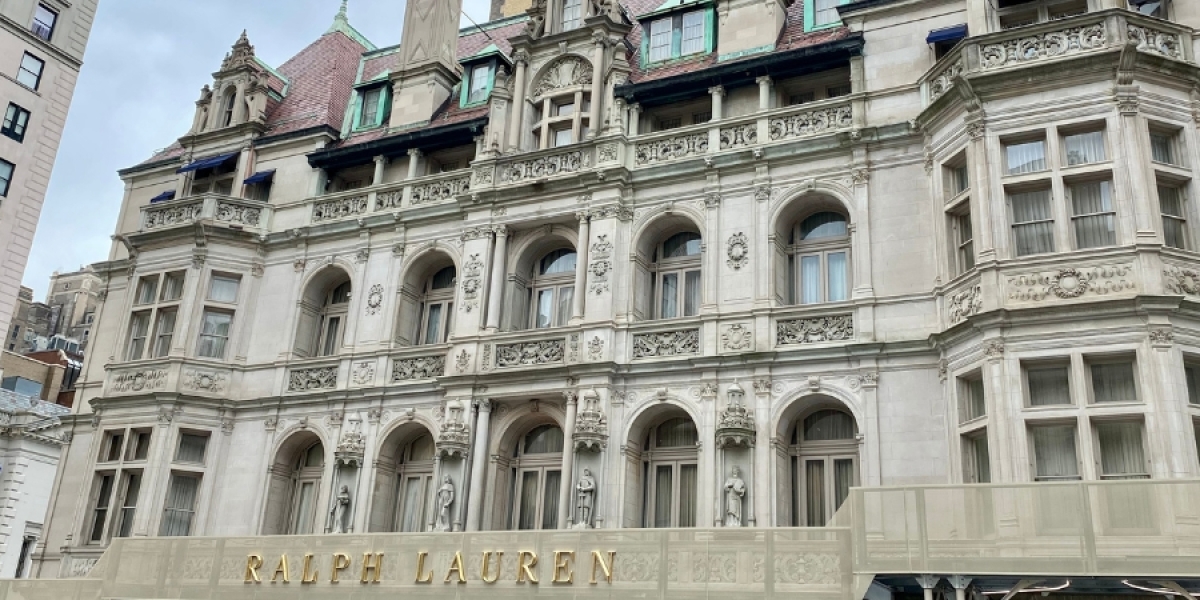
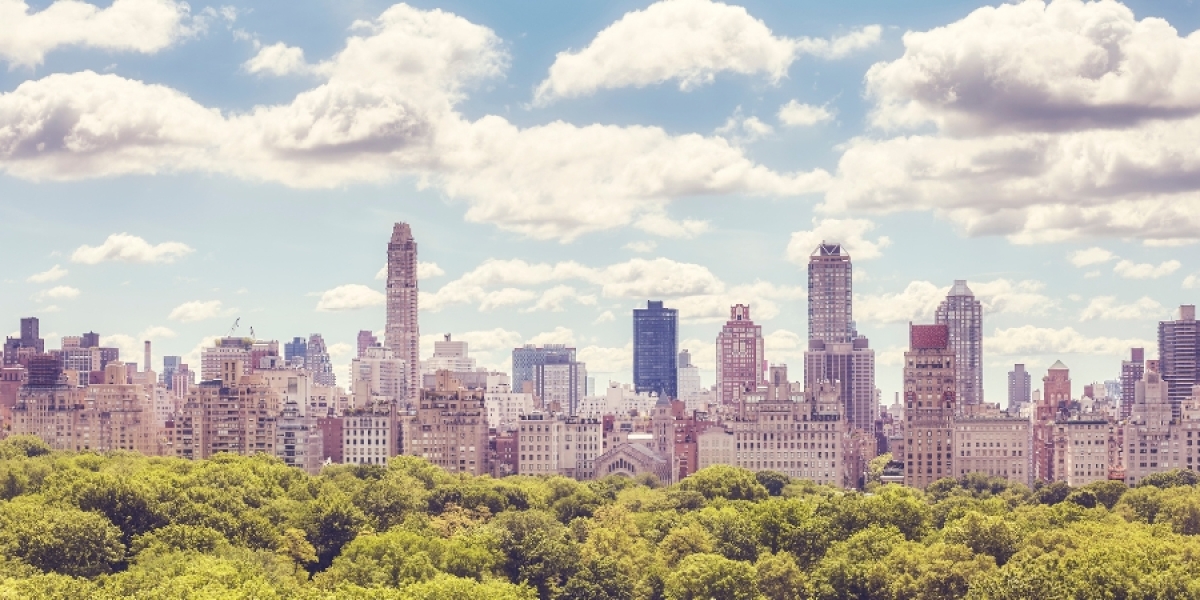
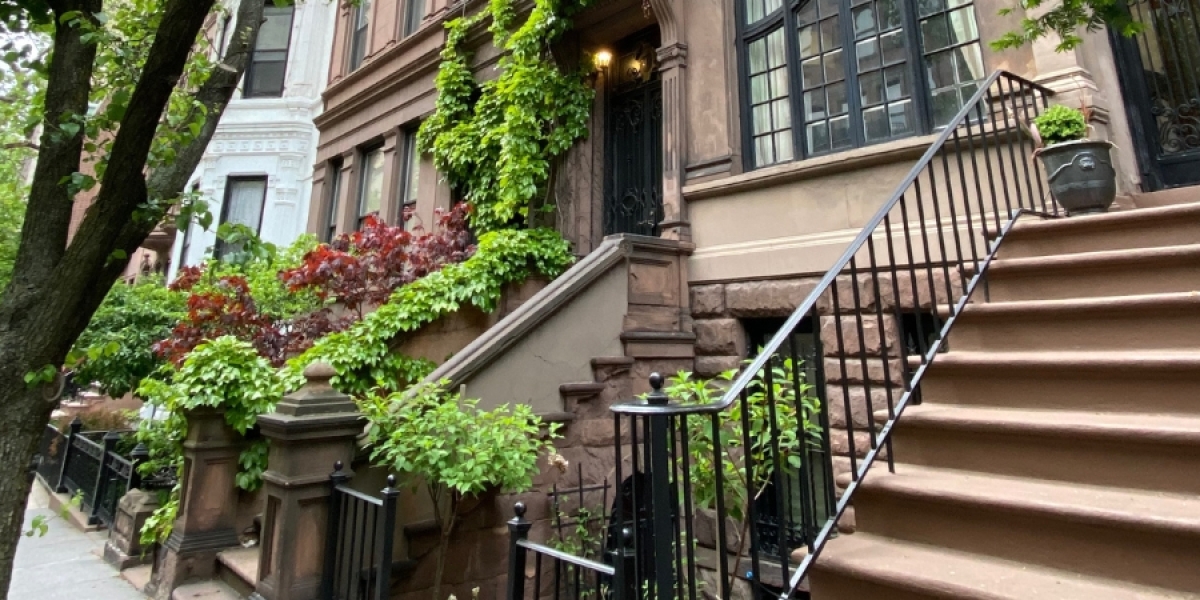
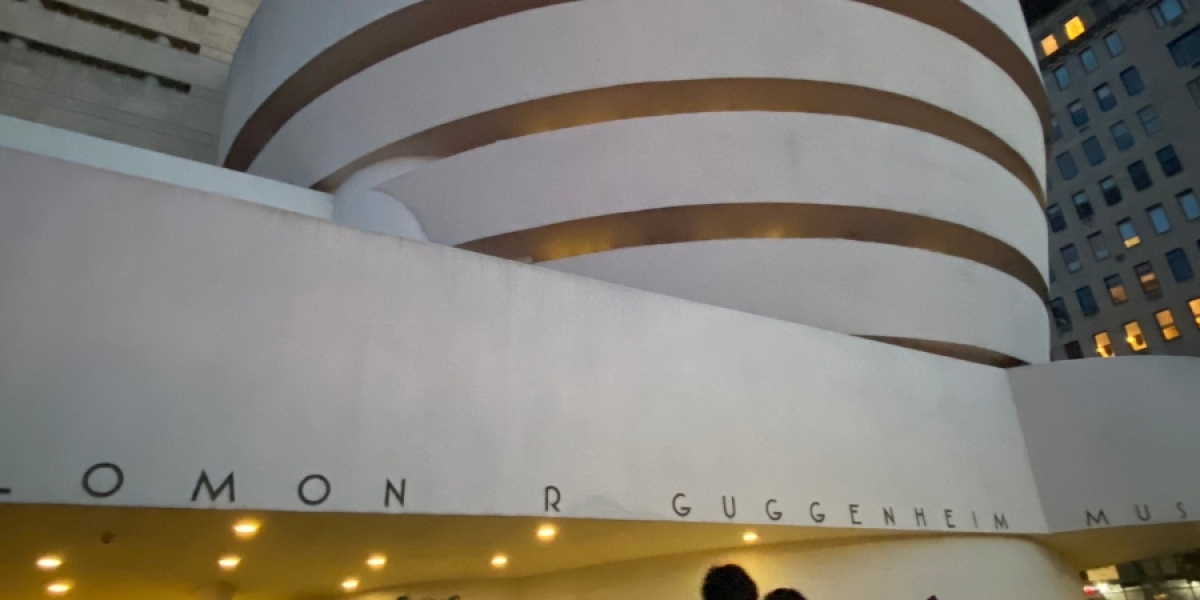
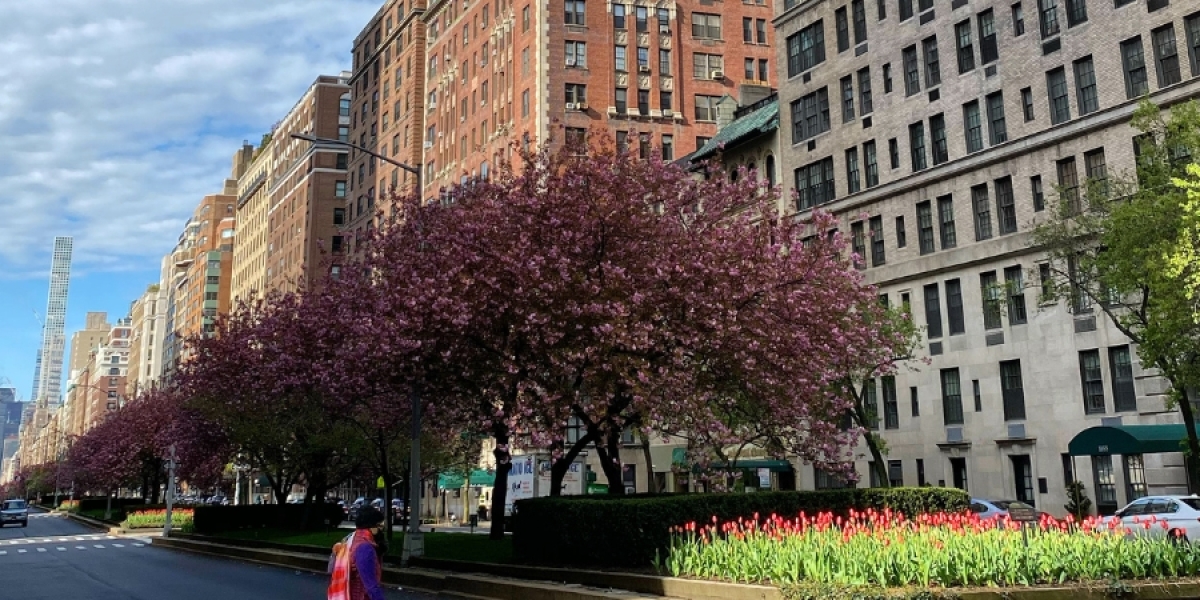

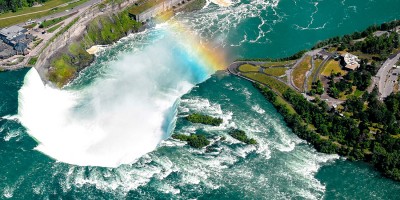
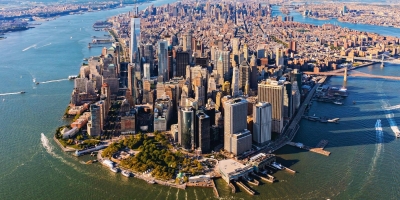

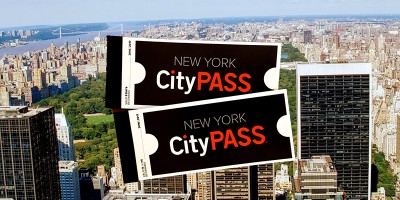

.jpg)
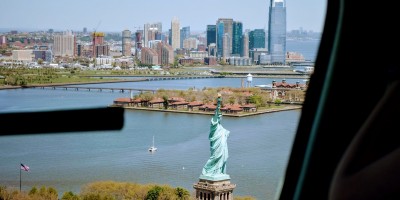

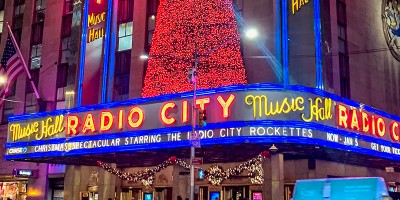
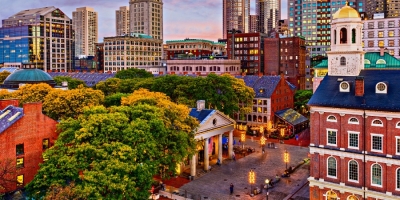








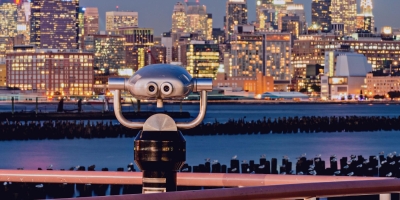
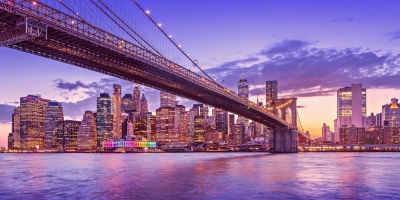
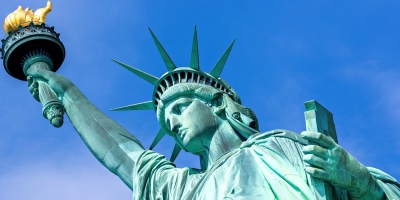
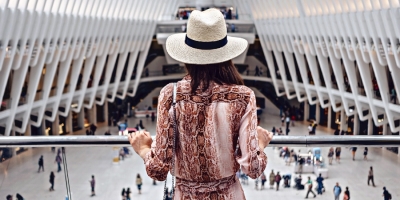



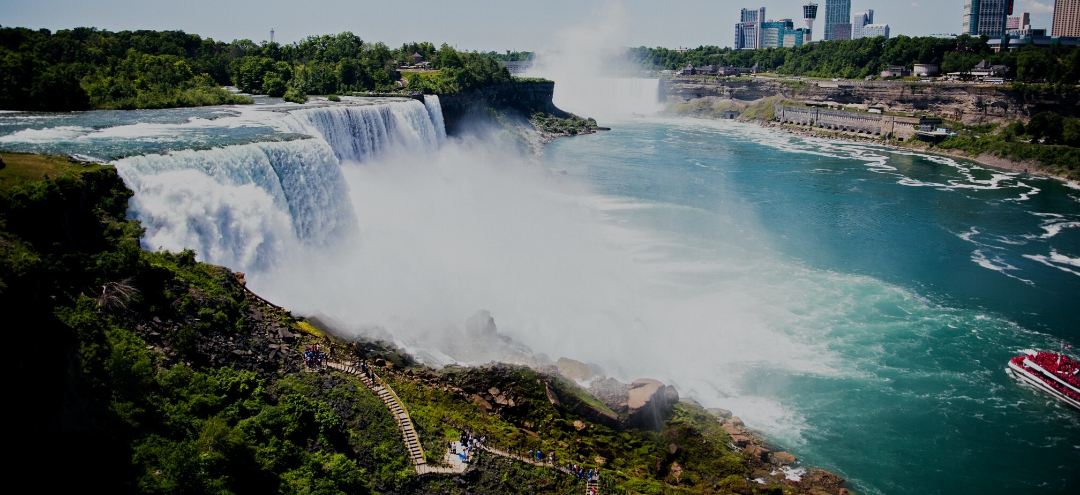
